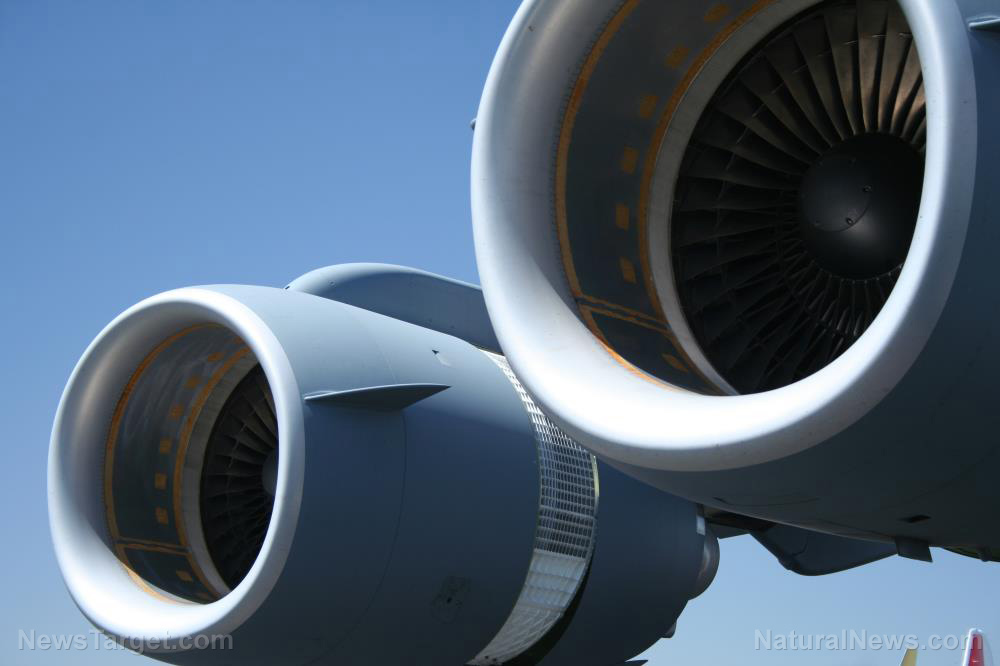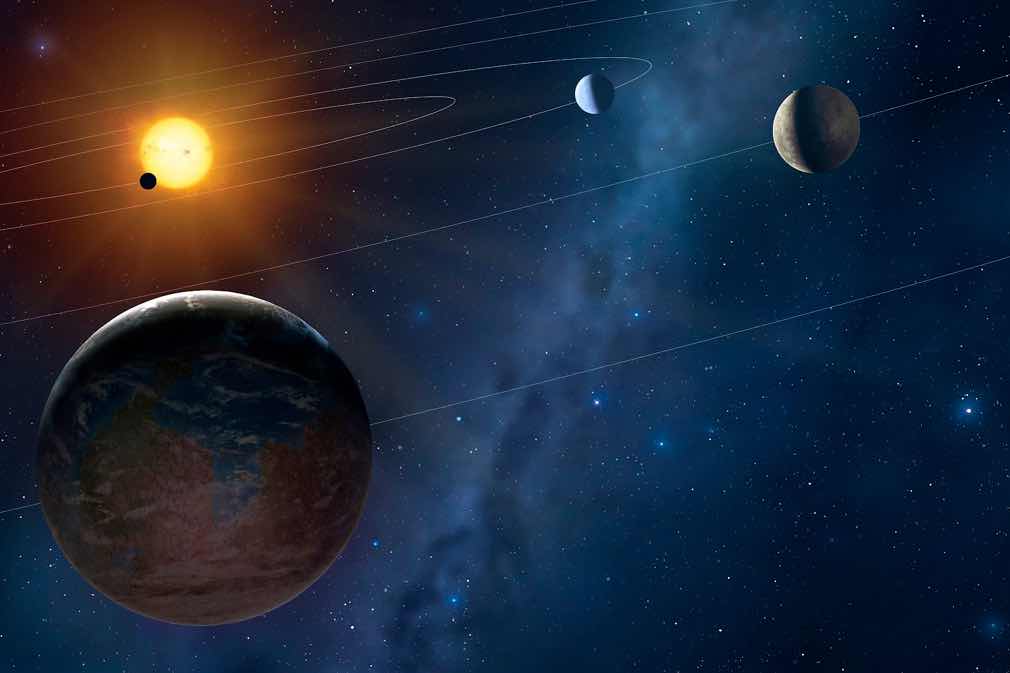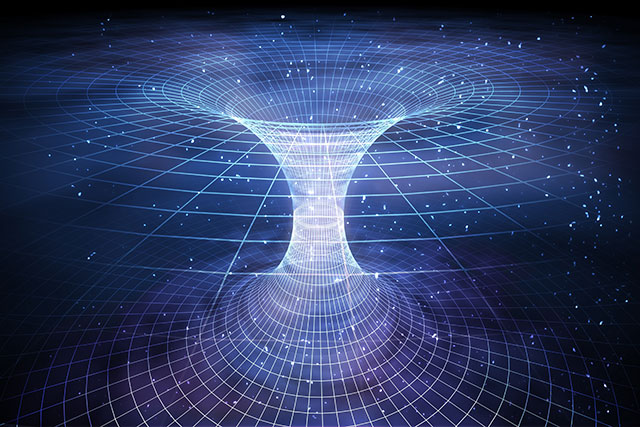How origami is helping engineers design a space vehicle that sticks its landing
12/12/2019 / By Grace Olson

Origami isn’t just about folding paper. It turns out, it’s about designing machines as well. In a study in Science Advances, engineers from the U.S. and Japan developed a potential mechanism to reduce the force of impact in spacecraft when they land – using principles from origami.
The researchers developed a unique cell that softens any force applied to it using the ancient art. In a statement, they added that changing the number, arrangement and material composition of the unit cell could unlock numerous possibilities for their project.
“Right now it’s made out of paper, but we plan to make it out of a composite material. Ideally, we could optimize the material for each specific application,” explained corresponding author Jinkyu Yang.
What is origami?
Origami is an ancient Japanese practice of folding paper, which dates back into the 17th century. Its name comes from two Japanese words: “ori” (to fold) and “kami” (paper). In origami, a single sheet of paper is folded and manipulated to create various shapes and structures. One of the most popular origami shapes is the crane, which is taught to Japanese children at a young age.
These days, origami isn’t limited to elementary classrooms. The art is used in many fields, especially technology. Engineers and other researchers have realized that folding is a viable option, especially when it comes to designing objects with limited space. Origami helps them figure out how to alter the shape and functionality of a certain design to create a compact mechanism. For this reason, many engineers consult with origami experts when it comes to designing machines.
In particular, it has been used in designing large machines, like NASA’s origami-inspired solar array. Origami also lends itself in everyday items, like fitting blankets and car covers into packages. The art of folding and unfolding can be applied anywhere – whether it’s up in space or inside a person’s notebook.
Origami-inspired engineering for space landings
In the current study, the researchers looked at how the principles of origami can be used to create an efficient method of mitigating shock and strain – some of the problems encountered by spacecraft during landing.
Landing has always been a problem when it comes to spacecraft. For one, it places immense amounts of stress on the rocket’s legs. If these are overcome with the force of impact, this can cause disastrous outcomes for the spacecraft involved. This is why engineers design the legs with the landing in mind, making sure that they will be able to handle the force of impact upon touching the ground.
The researchers created a paper model using a metamaterial that uses “folding creases” – a principle often used in origami. Metamaterials are artificially structured materials that mold electromagnetic waves not easily available in nature.
“Metamaterials are like Legos. You can make all types of structures by repeating a single type of building block, or unit cell as we call it,” added Yang, an aeronautics professor at the University of Washington. “Depending on how you design your unit cell, you can create a material with unique mechanical properties that are unprecedented in nature.”
For the study, the team designed the model to soften the impact upon landing and promote forces that reduce strain. By adjusting where the creases would be placed, the researchers were able to design a material that could exhibit varying degrees of stiffness upon folding and unfolding. (Related: Rethink satellite production: Using affordable, sustainable materials can minimize space junk and address engineering problems.)
This has numerous possibilities, not only for spacecraft but for other objects as well.
“Impact is a problem we encounter on a daily basis, and our system provides a completely new approach to reducing its effects. For example, we’d like to use it to help both people and cars fare better in car accidents,” Yang said.
Origami is just one of the art forms used by modern technology. Learn more about them at FutureTech.news.
Sources include:
Tagged Under: breakthrough, discoveries, future science, future tech, goodtech, innovation, inventions, Japanese art, origami, research, science and technology, Space, Spacecraft, technology
RECENT NEWS & ARTICLES
Physics.News is a fact-based public education website published by Physics News Features, LLC.
All content copyright © 2018 by Physics News Features, LLC.
Contact Us with Tips or Corrections
All trademarks, registered trademarks and servicemarks mentioned on this site are the property of their respective owners.



















